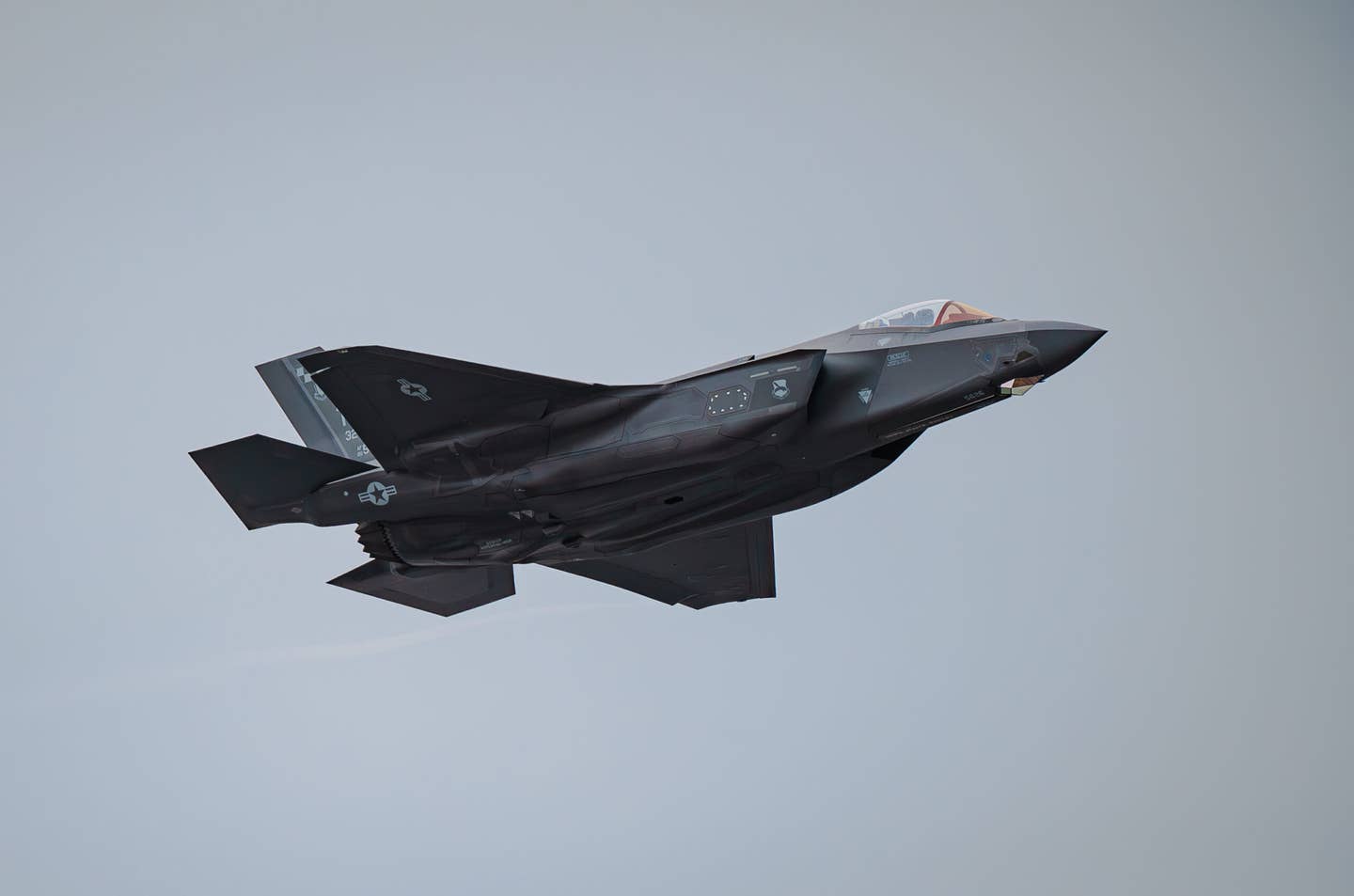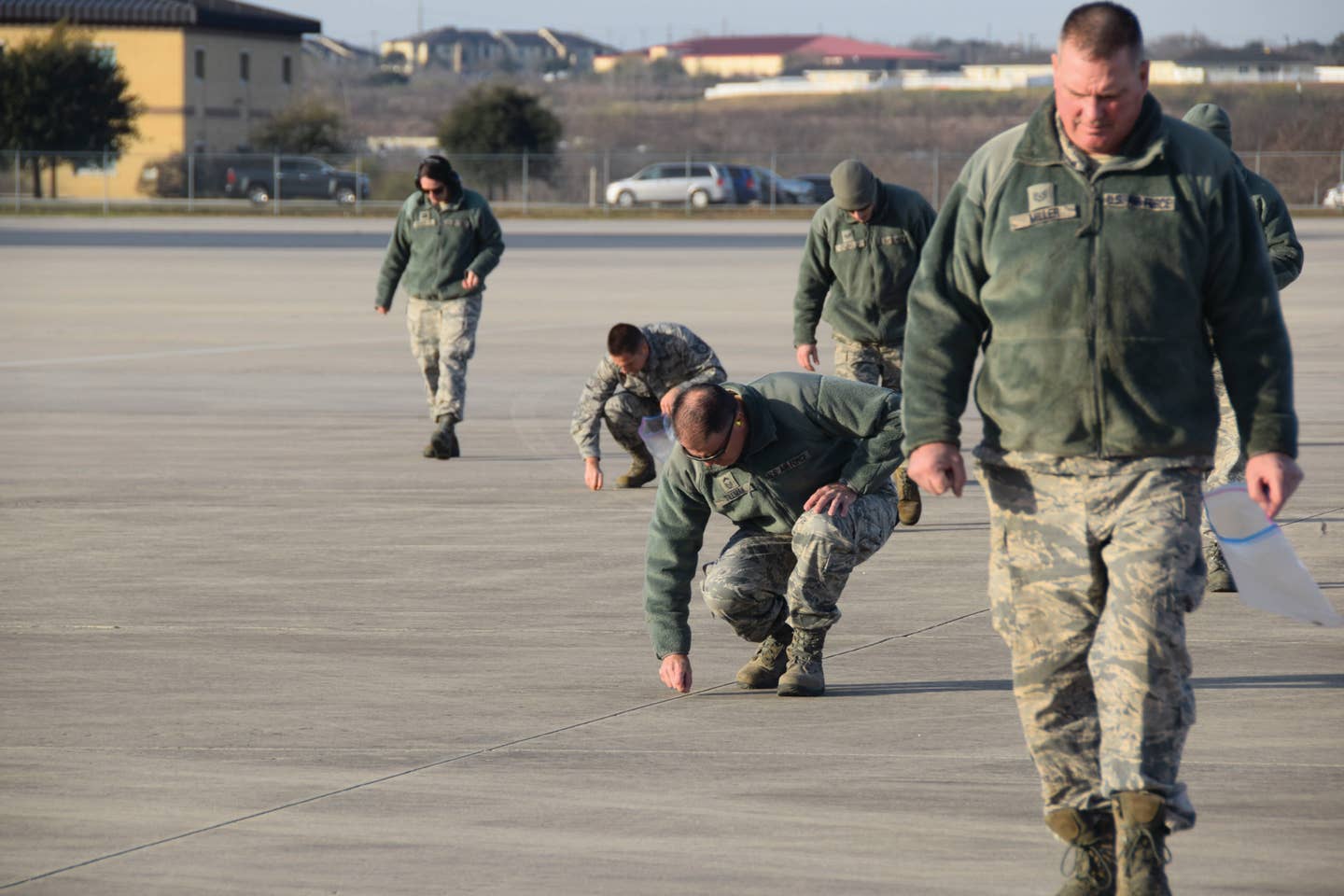
It wasn't a big deal. Shortly before Judith and I were slated to leave for a trip (possible only with our own airplane) to a reunion of college friends in Wyoming, a stop to help with haying at the Flying A Ranch in South Dakota and a week at AirVenture in Oshkosh, I fell off a horse. I was team roping and had headed a steer?slick horns for a change?dallied, turned off and begun dragging it when the saddle slipped and I came off. I know, I should have done a better pre-ride inspection!
The fall was really pretty mild, but it got Judith thinking about my rapidly increasing age and concomitant fragility. Propitiously, the mail the day before our departure brought CheckMate Aviation's laminated Emergency Substitute Pilot, a checklist to help non-pilots control and land an airplane in case of the incapacitation of the pilot.
I noticed that Judith was carefully studying the Substitute Pilot checklist the night before the flight. "Are you memorizing that?" I asked.
"No, but now that you're too old to fly for the airlines, I thought it wouldn't hurt to be ready in case you check out." Thanks a lot.
I didn't think any more about it until we were airborne. "Where did you put the checklist?" I asked. "I've got it right here," she said as she drew it like a pistol from next to the seat divider/map case and waved it at me. Later, after we'd leveled off and I had turned the airplane over to the able and guiding hands of the S-Tec 30 autopilot, I looked over the checklist and pointed out where the items mentioned on it were located on the panel of our Cessna Cardinal. The generic checklist was pretty thorough, so much of my tutorial was directed at how to let the autopilot do its thing while it could, how to disengage the altitude hold to descend and how to switch from GPSS to Heading mode and then how to set the heading bug to let the autopilot steer the airplane.
Judith is a quick learner, and it didn't take her long to remember the basics from the flight lessons she'd taken shortly after we'd gotten the Cardinal. But during the intervening years there were enough changes and upgrades to the panel to make a "differences" lesson necessary.
After she dozed off?as she tends to do whenever we level off in cruise?I began to think about pilot incapacitation, a condition that can occur from a number of causes, ranging from something as innocuous as a bad gastronomic experience, to carbon monoxide poisoning, to a serious stroke or heart attack. As the average age of pilots continues to increase we have to be aware of the possibility of incapacitation.
There are several options available to non-pilot passengers if the worst happens and they suddenly find themselves having to assume control. A non-pilot who's a frequent flier should consider taking enough flight lessons to get comfortable in the family airplane. Judith took lessons until she got to the point where she was confident that she could get the airplane safely?if not necessarily undamaged?back on the ground. There are also "pinch-hitter" courses given periodically that include a ground school and airplane familiarization flight to help non-pilots learn enough to maintain control of an airplane if necessary.
"Where's my parachute?" is a question I'm often asked by first-time fliers when they're introduced to the airplane. I usually point out that we don't need parachutes because our airplanes have pretty impressive glide ratios and, under most circumstances, in the unlikely event the engine were to quit we'd be able to reach a suitable landing site. I usually change the subject before the obvious next question, "But what if something happens to you? I can't fly!"
Perhaps the most unusual?and potentially effective-solution for the non-pilot in case of the pilot's inability to carry on is the BRS ballistic recovery parachute systems that are installed on many ultralights, are standard equipment on Cirrus Design's SR20 and SR22 and have been approved for retrofit on the Cessna 150/152 and 172.
Alan Klapmeier, president and CEO of Cirrus Design, has promoted the development and installation of the Cirrus Aircraft Parachute System (CAPS) on the SR20 and SR22 as a safety device and a way to expand the market for "personal transportation" rather than general aviation. But what has to be incredibly frustrating, disappointing and upsetting for Klapmeier is that there have been several accidents involving Cirrus airplanes without a single successful deployment of the parachute.
So far, there doesn't seem to have been a situation in which the pilot became incapacitated, a situation in which you would expect a passenger to pull the cord. Several pilots I know who are flying with young children and non-pilot spouses have expressed an interest in the idea of a parachute to bring their family safely to the ground if they're no longer able to function.
When Cirrus first announced its intention to make the airplane-mounted parachute standard equipment, my initial reaction was that there would be very few situations in which I?or other pilots proud of their skills?would give up the ship and pull the panic release. Under most situations that I could foresee, such as a loss of power or loss of bearings, I'd try to fly the airplane. The situations that Klapmeier anticipated for deployment by a healthy, functioning pilot were a midair collision, an engine loss at night over inhospitable terrain, a ditching in water, or the loss of control as a result of an inadvertent IMC encounter and the subsequent spatial disorientation?or, according to the POH, if the airplane ever enters a spin.
We don't know what actually happened in the accidents, although the ballistic parachute was not deployed in any of the cases before the airplane hit the ground. In at least one of the accidents, the pilot insisted he tried to deploy the parachute and initially believed it had been deployed, but it wasn't?not until after the airplane was on the ground. In another accident the airplane spun to the ground from approximately 5,000 feet, and it may be that because of the disorientation of a spinning airplane, the pilots?there were two who shared the airplane?were unable to even reach up to the release. As a result of potential difficulties deploying the parachute system, Cirrus engineered two modifications to the deployment system to reduce the needed pull force.
But in several accidents, two in which the airplanes impacted mountains, both in IFR conditions and one with low clouds obscuring higher terrain and freezing precipitation in the area, and another in which the pilot, after losing his oil pressure, attempted to make an emergency landing in a cornfield after breaking out of the clouds at what he estimated to be 800 feet above the ground, there doesn't seem to even have been an attempt to deploy the parachute.
With every student I've instructed, I've always insisted that if push ever came to shove the airplane was to be sacrificed in favor of passenger safety. Sliding between trees and using the wings to slow the impact is much better than trying to keep the airplane from being damaged. Worrying about finding a field from which the airplane can be flown back out is a false economy and a mistake.
Are pilots neglecting to use the CAPS because, as Klapmeier suggests, they so love their airplanes they don't want to damage them, or is it simply that as pilot in command they're hesitant to relinquish control, throw up their hands and pull the release?
In order for the CAPS to work the way it's intended, there will have to be a change in the attitude with which pilots approach the deployment of the system. They'll have to be sure the system is armed and decide under what situations they will deploy the system and be pre-programmed to do it. They might agree that if they have an engine problem and know that there are low ceilings below the overcast they'll "eject." If they're not qualified and get into instrument conditions and things start to go wrong, that might be another situation in which they would be predisposed to "bail out." Being preprogrammed to deploy the chute under specific circumstances is a good operating procedure not unlike being primed for a missed approach if you get a full deflection of a needle.
The performance and handling qualities of the Cirrus airplanes are sufficient to recommend them, but if the parachute system was an important factor in a pilot's purchase decision, then he ought to be ready to use it. What may change the macho mindset is to consider the ballistic recovery system as an ejection seat for the airplane. The military, in order to convince its fighter pilots to pull the handle when the situation calls for it, coined the expression: "Return the airplane to the taxpayers!" Thinking of it that way has made it easier for fighter jocks to abandon their ships.
Maybe pilots with a ballistic recovery parachute system should think in terms of returning the airplane to the insurance company.

Sign-up for newsletters & special offers!
Get the latest FLYING stories & special offers delivered directly to your inbox






